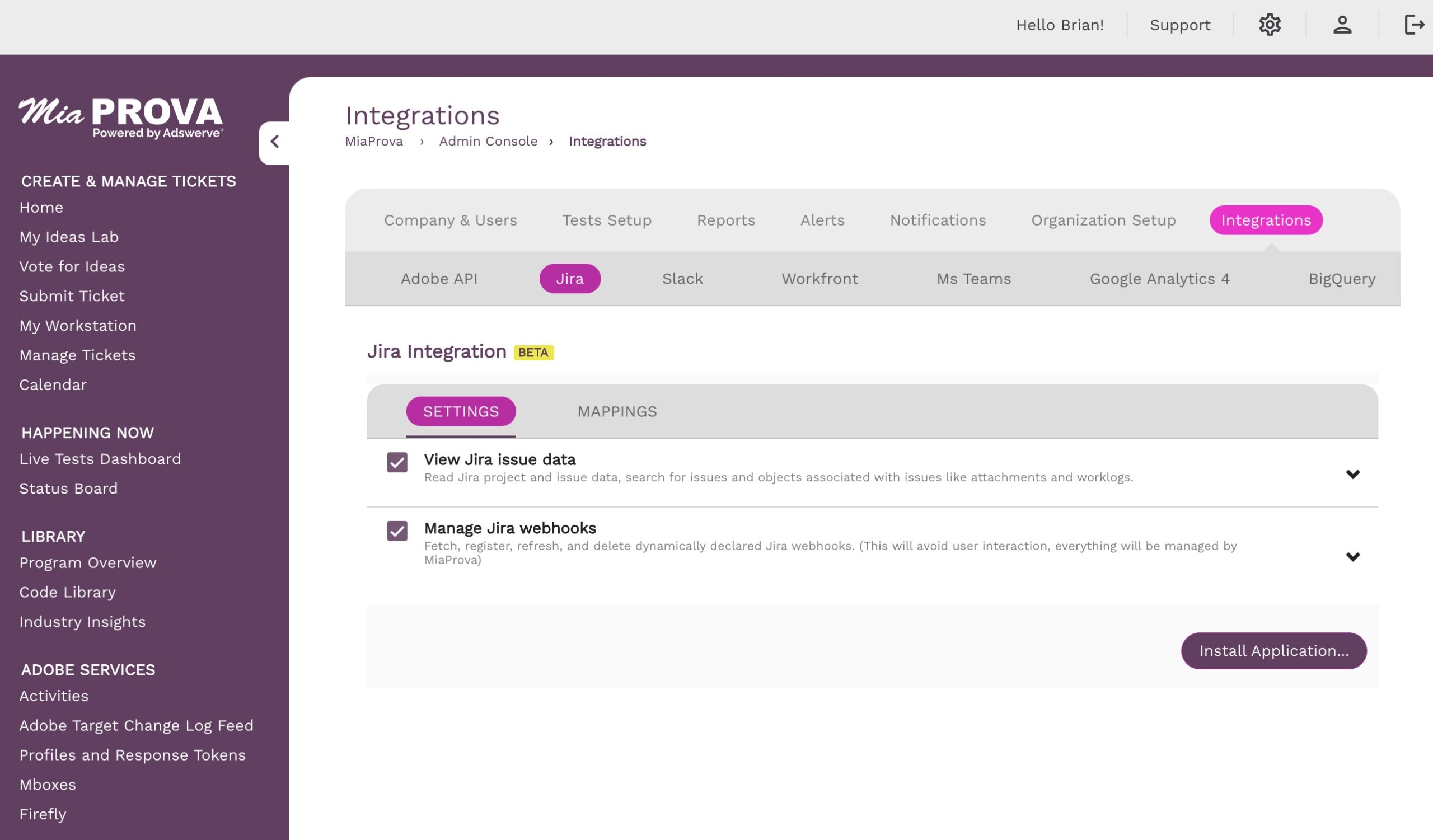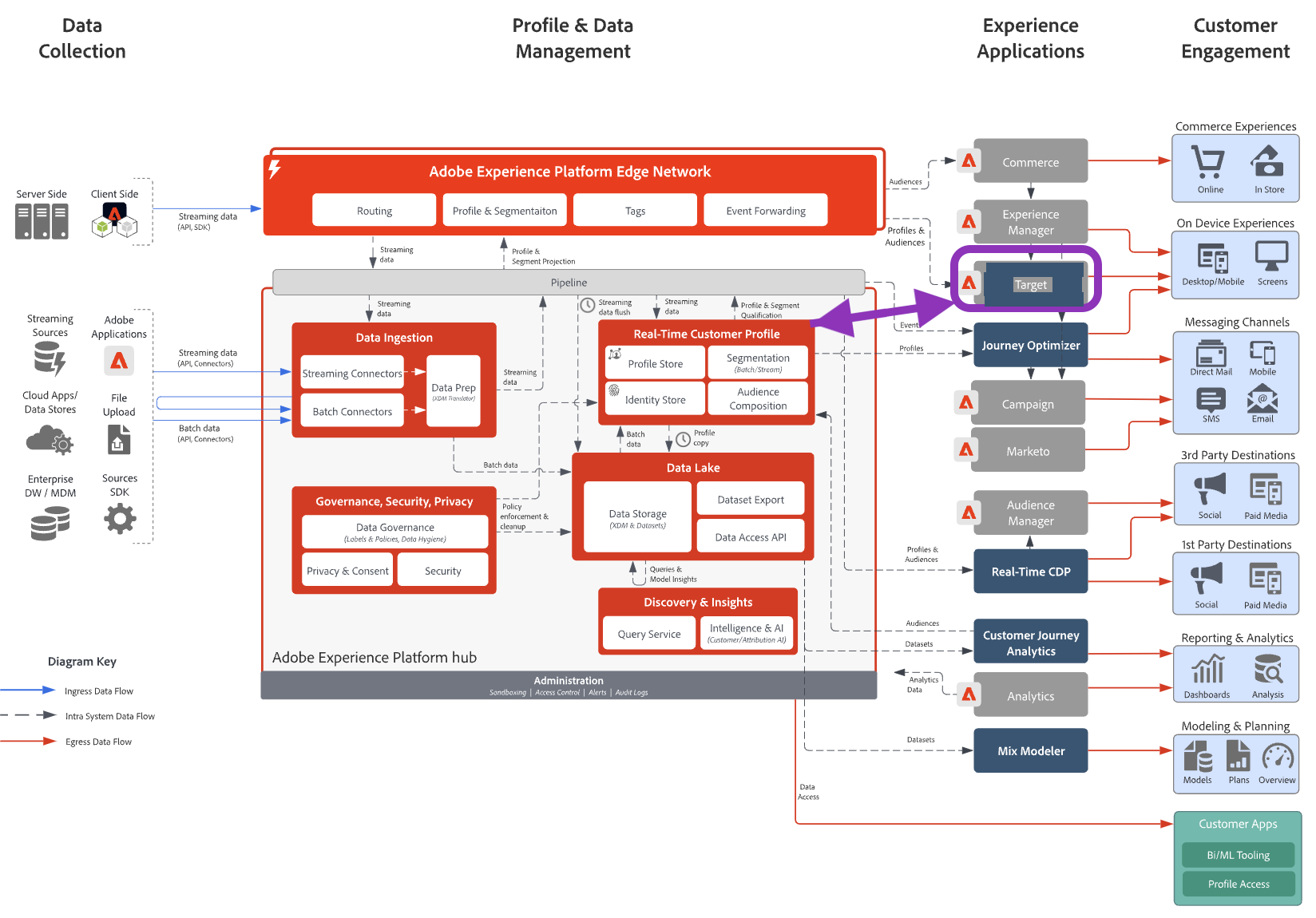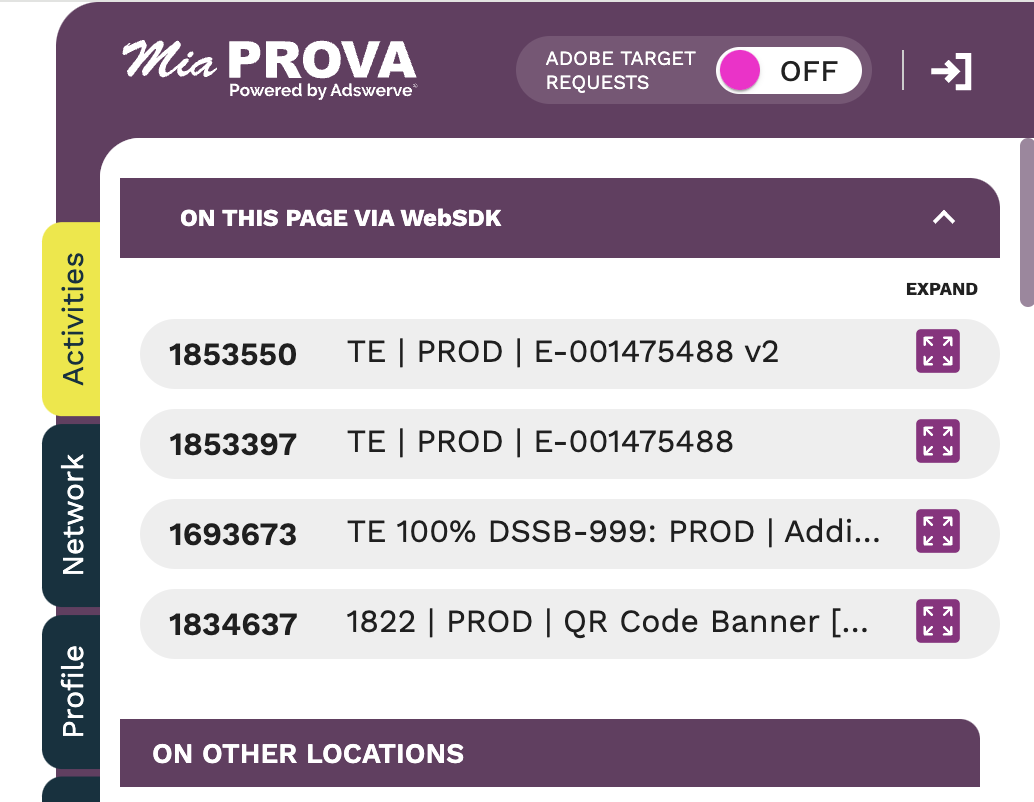Brian Hawkins
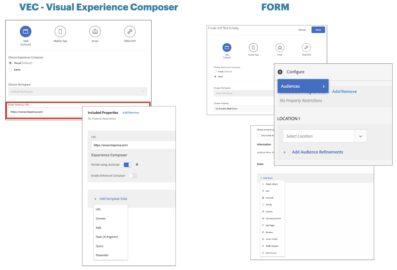
Adobe Target Audiences and Locations


Over the years, we have gotten many requests from customers asking for clarity around how best to use Adobe Target Audiences and Locations when setting…
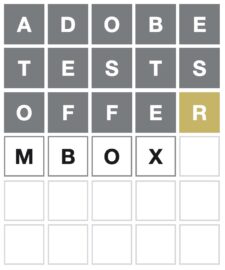
Adobe Target and Local Storage


Spoiler Alert: If you don’t want to know today’s Wordle answer or how to access the solution without playing, please do not watch the video…
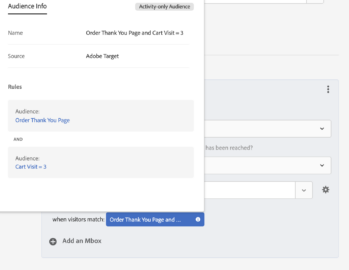
Activity Conversions Use Case


This week, we had a client reach out to us with an interesting use case with one of their Activities in Adobe Target. The Activity…
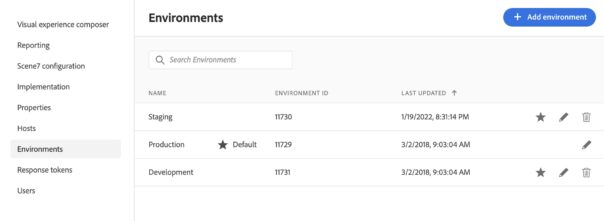
Adobe Target Host Groups


One of our customers here at MiaProva is expanding their testing efforts and use of Adobe Target well beyond their www and mobile site. They…
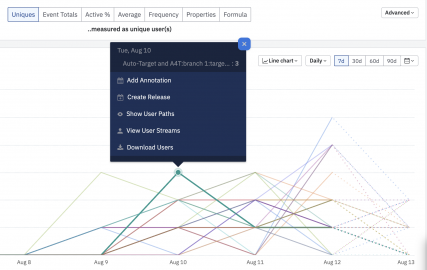
Amplitude and Adobe Target


Amplitude is a Digital Optimization System that we have been asked about quite a bit lately. It turns out, MiaProva has some friends there from…
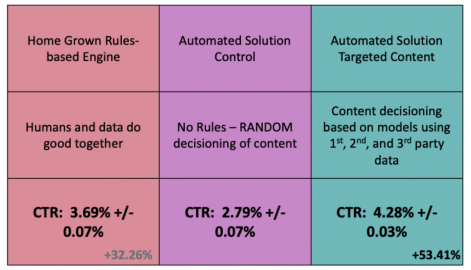
Why are we paying for Adobe Target Premium?


Optimization Management is so much more than managing the intake and output of tests. A true Optimization Management Platform enables the organization to monitor tests…
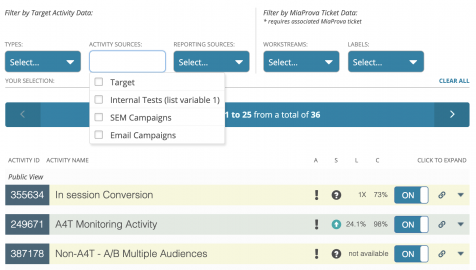
MiaProva Activity Sources


We added something pretty significant to MiaProva this week. Activity Sources. As you may know, MiaProva is the only Optimization Management Solution to integrate with…
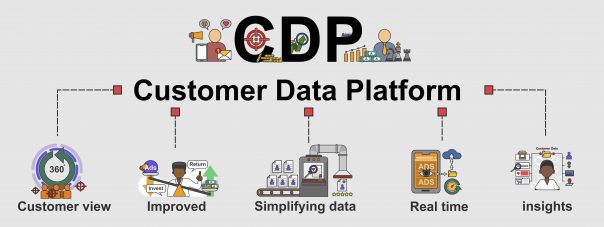
Adobe Target and Customer Data Platforms (CDPs)


If your organization leverages Adobe Target for their optimization and personalization efforts and you have not joined your internal Visitor ID to Adobe Target’s visitor…
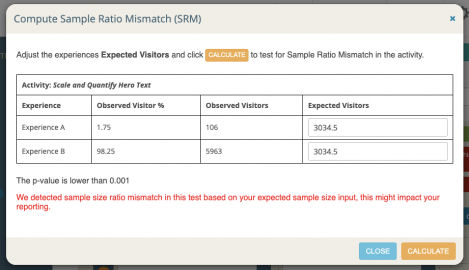
Sample Ratio Mismatch (SRM)


Sample Ratio Mismatch (SRM) is a thing, a real thing that optimization programs need to concern themselves about. At a high level, SRM means that…
 Posted On Adobe Target
Posted On Adobe TargetUsing Adobe Target to test Adobe Experience Manager


I imagine many folks may find this post fascinating given the amount of Adobe Experience Manager (AEM) adoption as of late. It seems like about…
